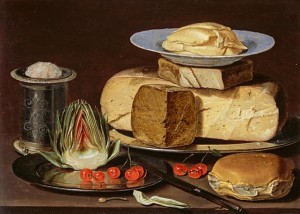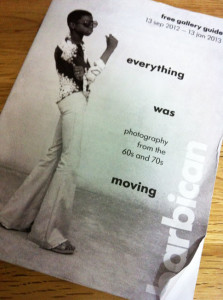Cartier-Bresson: A Question of Colour
Sadly, I didn’t get to see the exhibition in the flesh but I was told about it by a friend and have since had a chance to track it down online. It was such a shame that I missed it because I think it would have been a really good experience in terms of thinking about colour for this part of the course.
Cartier-Bresson: A Question of Colour features the work of a select number of photographers whose commitment to expression in colour was (or is) wholehearted, sophisticated, and measures up to Cartier-Bresson’s requirement that content and form were in perfect balance.
A Question of Colour included an auspicious group of contemporary colour photographers.
- Trent Parke
- Saul Leiter
- Robert Walker
- Melanie Einzigview
- Karl Baden
- Joel Myerowitz
- Jeff Mermelstein
- Helen Levitt
- Harry Gruyaert
- Fred Herzog
- Ernst Haas
- Carolyn Drake
- Boris Savelev
- Andy Freeberg
- Alex Webb
Initially, I was just going to include those photographers/images that particularly resonated with me but as I looked at their different styles and approaches they each offered something new. Those that strike me now, like Trent Park and Carolyn Drake, may not be the ones that have meaning a few months down the line. So I have captured them all for now, leaving myself the option for more research in future.

